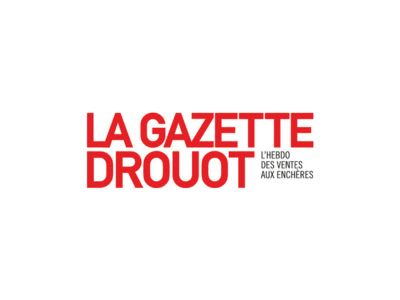Marta Pan: Sculptures Flottantes
Born in Budapest in 1923, Marta Pan arrived in Paris in 1947 following her studies at the fine arts academy of her native Budapest. Initially inspired by vegetal and organic forms (fruit, shells, roots), which she transposed to plaster and clay, her work quickly evolved towards increasingly simple lines, veering towards abstraction. In 1952, she married architect André Wogenscky, Le Corbusier's closest and most ardent disciple, which marked the beginning of a new aesthetic in Marta Pan's work, where architecture and the environment, and their relationship to the artworks played an important role. The artist was also particularly interested in the sense of movement she could give to her sculptures. At first, the movement was generated by human movement or intervention, as in the Équilibres Cycle, a series of wooden sculptures created from 1957 onwards. Later, Marta Pan would make use of natural kinetic energy (air and water) to power her sculptures. These natural forces created a dialogue with the artist's exterior sculpture pieces, particularly with her floating sculptures.
The artist produced her first floating sculpture in 1960, as part of a commission for the Kröller-Müller Museum in the Netherlands. The museum had asked Pan to create an artwork for the grounds around the museum and its water features. In Otterlo, Marta Pan realized a point of encounter between the architecture and nature' and created a sculpture for a pond, which she also designed, so that the sculpture would form a whole with the surrounding environment. She wrote: I learnt that one does not recklessly place an object in an environment, whether this environment is a natural or manmade one. Because the presence of the object transforms the space. And one does not recklessly create a space because the place created influences the behaviour of those who move through it. The most important material in sculpture is neither stone, metal, nor concrete, but energy. In the exhibition Sculptures Flottantes at the Galerie Mitterrand visitors can discover two monumental white Lentilles Flottantes created in 1994, and immerse themselves in the context of their creation through archival images, film and selection of five wooden sculptures, whose organic forms, typical of her early work, may be said to be at the origin of her Sculpture Flottante 1, also known as Otterlo.
Marta Pan was born in 1923 in Budapest, Hungary and died in 2008 in Paris, France. Her work is featured in numerous collections all over the world, such as the Kröller-Müller Museum in the Netherlands, the Hakone Open-Air Museum in Japan, the Seoul Museum of Art in South Korea, the Lynden Sculpture Garden in the US, the Lehmbruck Museum in Duisburg, Germany as well as the Ludwig Museum, Budapest and Modern Gallery-László Vass Collection in Veszprém, Hungary. In addition to those works housed in museums, Marta Pan's sculpture can also be seen in public spaces in France and overseas, such as the fountain of the Dallas City Hall in the US.


